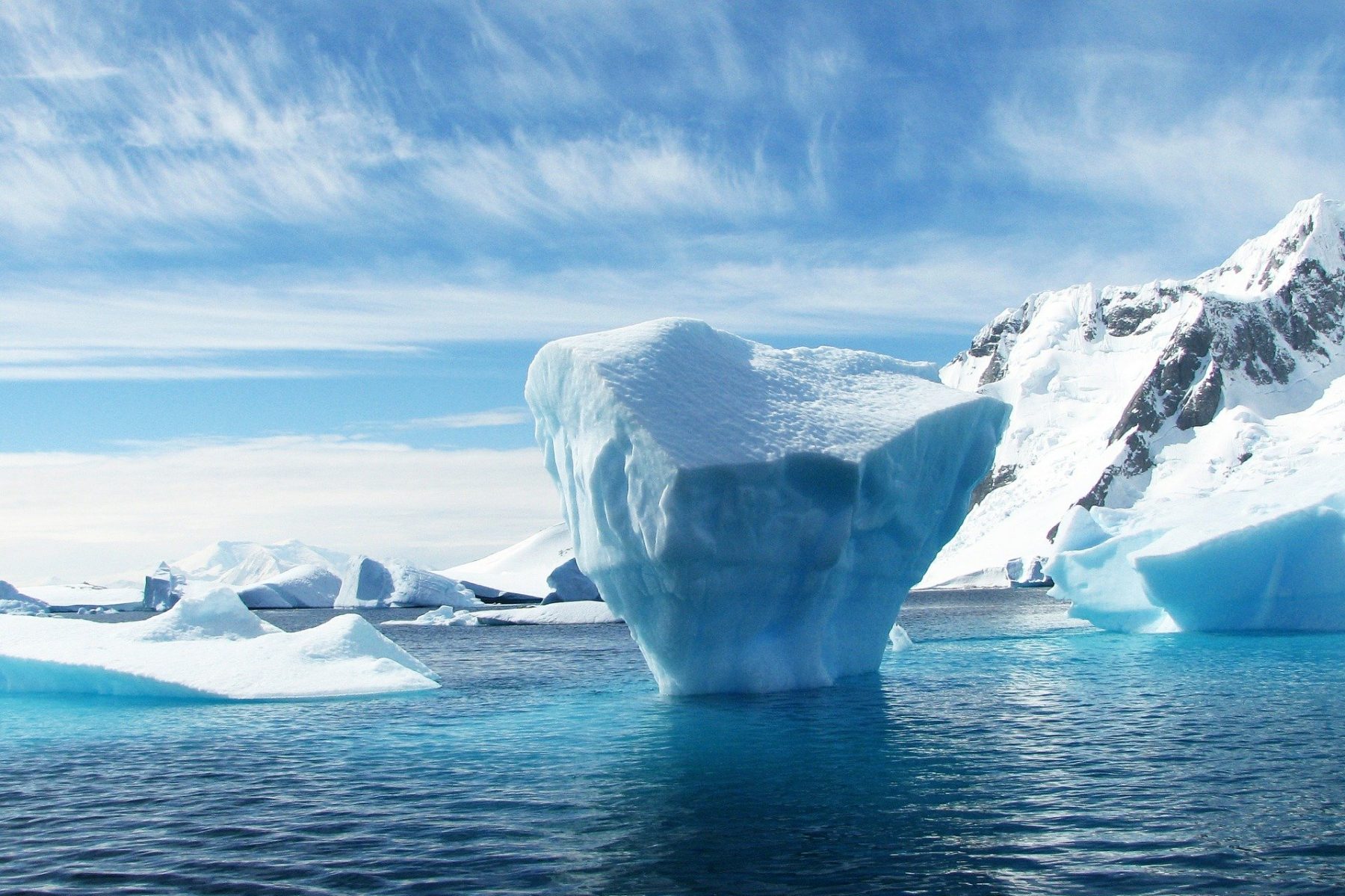Informal science education is the science educating and learning that happens outdoors of the formal faculty curriculum in places similar to museums, the media, and community-based applications. The National Science Teachers Association has created a position statement on Informal Science Education to define and encourage science learning in plenty of contexts and all through the lifespan. Research in informal science education is funded in the United States by the National Science Foundation. The Center for Advancement of Informal Science Education provides assets for the informal science education neighborhood. In this particular problem entitled “Citizenship and Civic education for Refugees and Migrants” we are presenting articles that debate several necessary aspects of citizenship education dealing with migration and inclusion in the hosting countries.
The Main and Basic Competencies outlined within the new curriculum provide academics with content goals and ideas about instructing methods, tutorial materials, and assessment methods aimed to support lecturers as they design their lessons. For example, Table6 provides an example of the Basic Competencies developed for the Senior Secondary School Biology Curriculum. For instance, the Main Competencies target the development of students’ religious, social, psychomotor, and cognitive domains and are relevant to all subject areas at every grade level . The follow of science education has been more and more knowledgeable by analysis into science teaching and learning.
This program aims to fulfill the needs for personnel who are in a place to develop library management at school and other educational institutions. In accordance with International Journal of Education and Science’s editorial coverage, review content material just isn’t publicly displayed on Publons. Indonesia is positioned along the equatorial line separating the Indian and Pacific oceans and consists of an estimated 17,500 islands covering almost 1,913,000 km2 .Footnote 1 As such, it is the largest archipelagic country on the earth. Indonesia’s geographic location and plentiful natural sources has traditionally made the islands a critical a half of worldwide commerce and has had lasting consequences for Indonesia’s financial system and society. During the 1500–1600s, Indonesia turned a hub for trading amongst retailers from international locations within the Middle East, Europe, and India. In the late sixteenth century the Dutch East India Company forcibly colonized Indonesia and took control of its land and sources.
Today these universities are ranked among the many greatest in the nation (Azra, 2008; Hill & Thee, 2012). Lack of entry to instructional opportunities for native populations contributed to growing anti-colonial sentiment amongst middle- and upper-class Indonesians. In 1942, with the Dutch unable to defend the colony, the Japanese invaded and occupied Indonesia. Initially, some Indonesians who had sought to escape Dutch colonial rule welcomed the Japanese invasion. During their occupation of Indonesia, the Japanese introduced the primary system of mass education, which opened faculties for all students and supported the utilization of local languages for instruction . However, much like the Dutch colonial schools, education in these colleges were designed to help the needs of Japan as an occupying power quite than promote the educational development …

 It is little doubt that the Internet and the social media are highly efficient units for mobilization of people. By intently discounted pupil rates, Street & Smith’s Sports activities activities Group, Faculty & Faculty Program provides faculty faculty college students the chance to develop a broader understanding of the sports activities actions actions business by finding out each Sports activities actions Enterprise Journal and Sports activities actions Enterprise Every day.
It is little doubt that the Internet and the social media are highly efficient units for mobilization of people. By intently discounted pupil rates, Street & Smith’s Sports activities activities Group, Faculty & Faculty Program provides faculty faculty college students the chance to develop a broader understanding of the sports activities actions actions business by finding out each Sports activities actions Enterprise Journal and Sports activities actions Enterprise Every day. At Starfall, kids have enjoyable whereas they be taught. You will learn to design queries, varieties and reports to handle an underlying database. Jan Brett – Should you love Jan Brett’s image books, her site is loaded with coloring pages, activities, and video games good for youthful kids. This tremendous practical kitchen design offers an entire lot of house for storing, a giant sink and a beneficiant range.
At Starfall, kids have enjoyable whereas they be taught. You will learn to design queries, varieties and reports to handle an underlying database. Jan Brett – Should you love Jan Brett’s image books, her site is loaded with coloring pages, activities, and video games good for youthful kids. This tremendous practical kitchen design offers an entire lot of house for storing, a giant sink and a beneficiant range. Technology is designed to organize individuals for employment in expertise related areas. It provides college students a foundation in laptop hardware, laptop purposes, computer programming, the Internet and computer networking. Product data might be simply communicated among all improvement processes: design, manufacturing, advertising and marketing, administration, and supplier networks.
Technology is designed to organize individuals for employment in expertise related areas. It provides college students a foundation in laptop hardware, laptop purposes, computer programming, the Internet and computer networking. Product data might be simply communicated among all improvement processes: design, manufacturing, advertising and marketing, administration, and supplier networks. With a highschool diploma or a Primary Equivalency Diploma (GED), you may apply to any of MATCH’s affiliate diploma packages. Pc techniques analysts design and program computer system updates or closely oversee the event workforce. Analyze, plan, design, develop, test, and implement computing gadgets and networked techniques (software or hardware) in accordance with appropriate useful requirements and standards.
With a highschool diploma or a Primary Equivalency Diploma (GED), you may apply to any of MATCH’s affiliate diploma packages. Pc techniques analysts design and program computer system updates or closely oversee the event workforce. Analyze, plan, design, develop, test, and implement computing gadgets and networked techniques (software or hardware) in accordance with appropriate useful requirements and standards. The Pc Expertise Group pursues analysis in broad areas of Pc Networking, Sensor Networks, Embedded Systems, Parallel and Distributed Processing, Big Information Evaluation, CAD for VLSI, Computer Imaginative and prescient and Picture Evaluation, Biometrics, Sample Recognition, Machine Learning, Knowledge Analytics, Neural Networks, Artificial Intelligence and Smooth Computing, Multimedia Systems, Graph Principle, Methods Biology, Bioinformatics, and Music and Audio Processing. Her work with Professor Steve Fickas produces hardware and software to assist the cognitively impaired in speaking and growing normal motor expertise, however Molly has additionally worked on video games for the Xbox 360 with the Recreation Growth Club.
The Pc Expertise Group pursues analysis in broad areas of Pc Networking, Sensor Networks, Embedded Systems, Parallel and Distributed Processing, Big Information Evaluation, CAD for VLSI, Computer Imaginative and prescient and Picture Evaluation, Biometrics, Sample Recognition, Machine Learning, Knowledge Analytics, Neural Networks, Artificial Intelligence and Smooth Computing, Multimedia Systems, Graph Principle, Methods Biology, Bioinformatics, and Music and Audio Processing. Her work with Professor Steve Fickas produces hardware and software to assist the cognitively impaired in speaking and growing normal motor expertise, however Molly has additionally worked on video games for the Xbox 360 with the Recreation Growth Club. Laptop expertise combines the hardware of computer systems and pc-managed gadgets with software—working programs, authoring instruments, skilled methods, and courseware—to help training know-how. Promoting Expert is a digital market and on-line promoting greatest multi vendor wordpress theme 2016 3a WordPress theme with 7 demos.Posted on Might 19 2016 by Marisa Tracie in Weblog Enterprise Enchancment WordPress In the intervening time we reside social media promoting in social media market we now have gone from paper flyers to on-line commercials and all by the closing yr on-line product sales have skyrocketed due to social media promoting throughout the market to. Together with the migration to Google servers , a substantial amount of new choices have been launched, together with label group, a drag-and-drop template modifying interface, discovering out permissions (to create private blogs) and new Internet feed selections.
Laptop expertise combines the hardware of computer systems and pc-managed gadgets with software—working programs, authoring instruments, skilled methods, and courseware—to help training know-how. Promoting Expert is a digital market and on-line promoting greatest multi vendor wordpress theme 2016 3a WordPress theme with 7 demos.Posted on Might 19 2016 by Marisa Tracie in Weblog Enterprise Enchancment WordPress In the intervening time we reside social media promoting in social media market we now have gone from paper flyers to on-line commercials and all by the closing yr on-line product sales have skyrocketed due to social media promoting throughout the market to. Together with the migration to Google servers , a substantial amount of new choices have been launched, together with label group, a drag-and-drop template modifying interface, discovering out permissions (to create private blogs) and new Internet feed selections. The Pc Programs Know-how sequence prepares technology professionals to manage pc programs and develop purposes in quite a lot of settings. Starting with an introduction to the Software program Improvement Life Cycle (SDLC), students work in teams to initiate the system process, analyze problems, uncover requirements and create a logical design. This fingers-on work experience will provide profession development training, enabling you to construct advanced job readiness expertise.
The Pc Programs Know-how sequence prepares technology professionals to manage pc programs and develop purposes in quite a lot of settings. Starting with an introduction to the Software program Improvement Life Cycle (SDLC), students work in teams to initiate the system process, analyze problems, uncover requirements and create a logical design. This fingers-on work experience will provide profession development training, enabling you to construct advanced job readiness expertise.